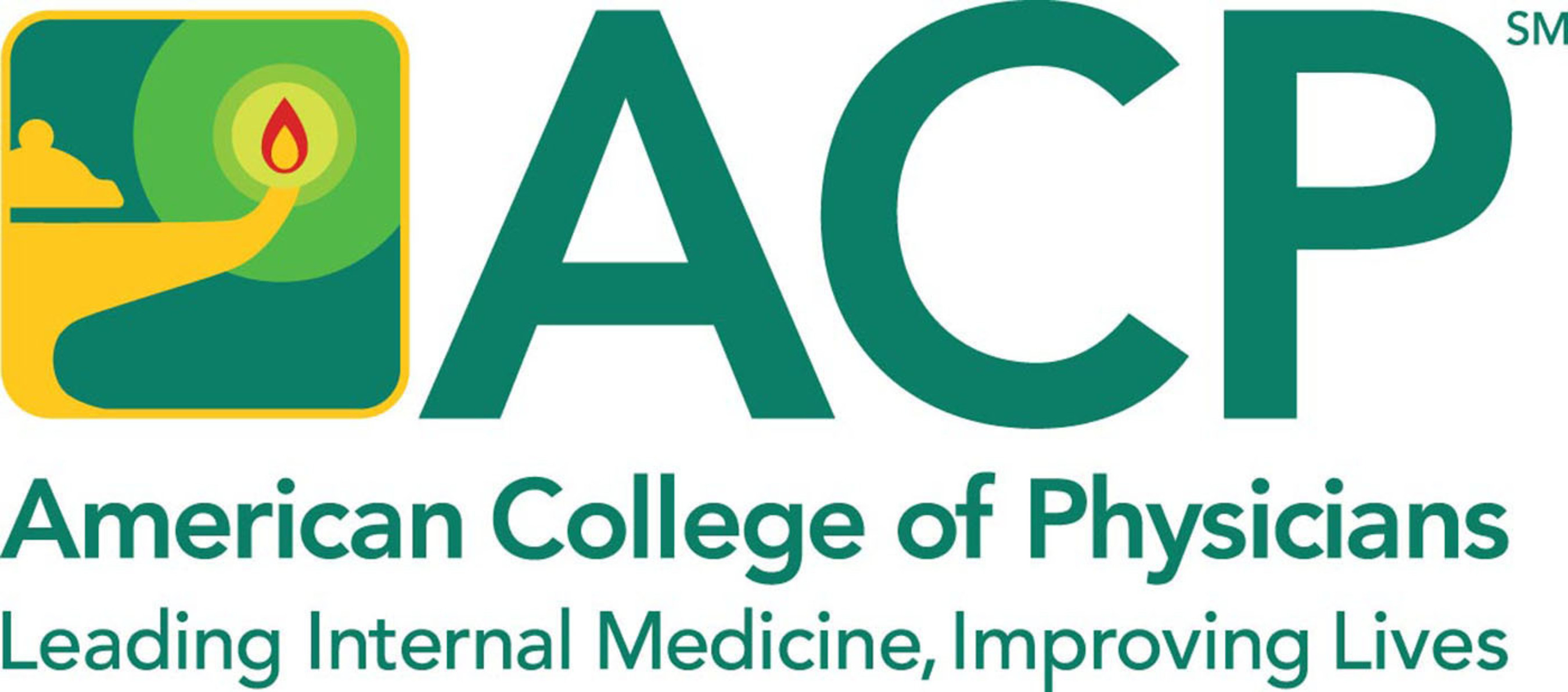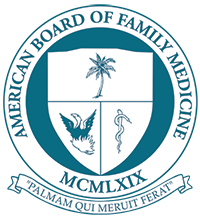Family Medicine
Family medicine, also known as family practice, is the medical specialty in which physicians provide comprehensive, patient-centered primary health care to patients and their families. Physicians who practice family medicine can provide routine wellness care, such as physical exams or preventative care, to patients, regardless of age, gender, health or social status. They are also trained to know about many areas of medicine so that they are equipped to treat a wide variety of conditions.
Family practices often staff a team of professionals that can help provide a continuity of care to patients, including nurse practitioners, physician assistants and others.
There is often a great need for family doctors in medically underserved communities where patients have limited access to hospitals and specialists, such as rural areas or overseas. Members of these communities may suffer from low health literacy and more chronic conditions. Additionally, they may have access to fewer resources, underscoring the importance of compassionate, well-trained family physicians.
The Purpose of Family Medicine
The goal of the family medicine specialty is to provide continual, comprehensive care to an individual. Family medicine advocates believe that seeing many different specialists can sometimes result in fragmented care.
But physicians who practice family medicine are trained in providing coordination of care and will refer patients to specialists when necessary. Frequently, they can also provide information about other community resources or health services. Some family doctors are even prepared to deliver babies or perform minor surgeries.
Some of the services that family doctors offer may include:
- Diagnosis, treatment and prevention of chronic disease
- Immediate care for sudden and serious illness or injury
- Routine physical exams as well as sports clearance physical exams
- Vaccinations
- Preventative medicine
Family physicians may also be trained in subspecialties, such as:
- Adolescent medicine
- Obstetric medicine
- Geriatric medicine
- Hospice and palliative medicine
- Sports medicine
- Sleep medicine
- Mental health
The Benefits of Family Medicine
Physicians who practice family medicine can treat patients regardless of age, gender, social status or health issue. Having a family doctor allows all members of the family, from infancy to an elderly age, to see the same doctor. This enables the doctor to develop a trusting and genuine personal relationship with the family, which can result in better care.
A family doctor who cares for a family over a period of years may also be able to provide better guidance about how to maintain a healthy lifestyle, especially if the doctor knows the family's medical history firsthand or has seen patterns of health problems. By adapting lifestyle changes and new health habits, patients may be able to avoid costly medications or procedures that can later affect them. Generally, specialists treat conditions that already afflict a patient.
Family doctors are equipped to treat chronic disease, ongoing health needs or other conditions and can help a patient develop a personalized, cost-effective treatment plan.
The physicians most commonly found in underserved areas are those who practice family medicine. Family medicine practitioners can help create a health care system with an emphasis on equitable care that is accessible to and affordable for all patients.





